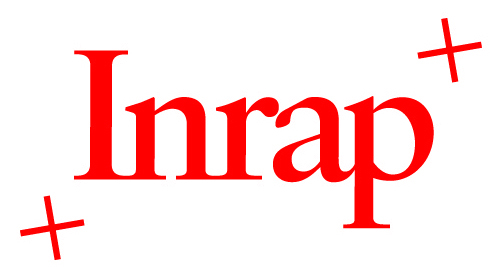Ancient metagenomic perspectives on the Neolithic Transition in France
Résumé
Dental calculus has become increasingly utilised in the field of ancient
metagenomics as it preserves microbial DNA exceptionally well, allowing for the
reconstruction of oral microbiomes. Moreover, calculus is widely available in the
archaeological record and requires minimally invasive sampling. Host-associated microbial
communities, such as the oral microbiome, play a role in host health and can vary across
populations since they are influenced by lifestyle, diet, and ecology. Therefore, the cultural
and demographic changes that occurred during the Neolithic transition can be reflected in the
oral microbiomes of human groups from these periods. Recent studies suggest that the
introduction of agriculture in southern Europe resulted in the gradual dispersal of microbial
strains linked to farming groups, in addition to an increased abundance of oral pathogens and
functional pathways associated with carbohydrate-rich diets. However, the Neolithic
transition is not yet understood from a microbial perspective in present-day France, a region
where both the Danubian and Mediterranean migration routes converged. Here, we present
our findings from the wide-scale metagenomic study of dental calculus dating from the Upper
Paleolithic to the Bronze Age and representing both routes of migration. We explore changes
in microbial diversity at the compositional and functional levels, as well as the spread of
microbial strains due to interactions between hunter-gatherers and early farmers. Finally, we
highlight how ancient metagenomics offers a unique view on periods of sociocultural and
biological change in the past when considered with archaeological and anthropological
evidence

